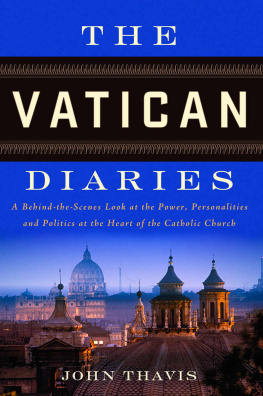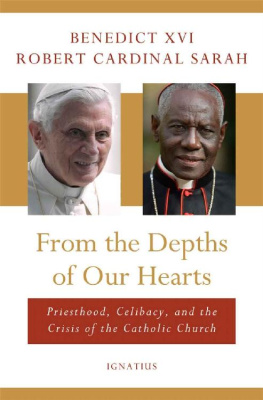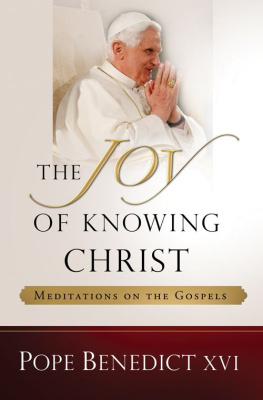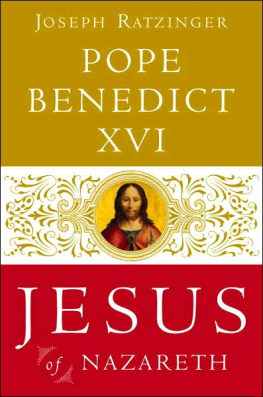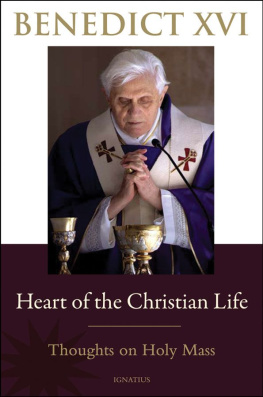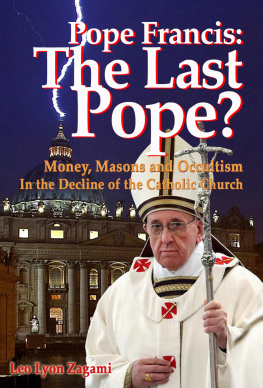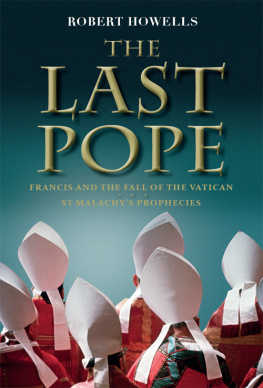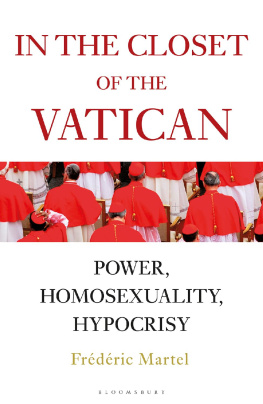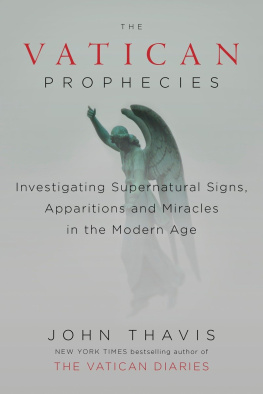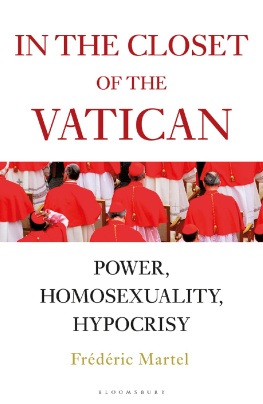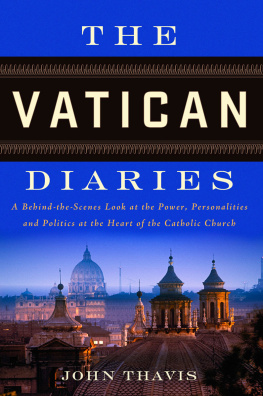VIKING
Published by the Penguin Group
Penguin Group (USA) Inc., 375 Hudson Street,
New York, New York 10014, U.S.A.
Penguin Group (Canada), 90 Eglinton Avenue East, Suite 700, Toronto, Ontario, Canada M4P 2Y3 (a division of Pearson Penguin Canada Inc.)
Penguin Books Ltd, 80 Strand, London WC2R 0RL, England
Penguin Ireland, 25 St. Stephens Green, Dublin 2, Ireland (a division of Penguin Books Ltd)
Penguin Group (Australia), 707 Collins Street, Melbourne, Victoria 3008, Australia (a division of Pearson Australia Group Pty Ltd)
Penguin Books India Pvt Ltd, 11 Community Centre, Panchsheel Park, New Delhi110 017, India
Penguin Group (NZ), 67 Apollo Drive, Rosedale, Auckland 0632, New Zealand (a division of Pearson New Zealand Ltd)
Penguin Books (South Africa), Rosebank Office Park, 181 Jan Smuts Avenue, Parktown North 2193, South Africa
Penguin China, B7 Jiaming Center, 27 East Third Ring Road North, Chaoyang District, Beijing 100020, China
Penguin Books Ltd, Registered Offices: 80 Strand, London WC2R 0RL, England
First published in 2013 by Viking Penguin, a member of Penguin Group (USA) Inc.
Copyright John Thavis, 2013
All rights reserved
LIBRARY OF CONGRESS CATALOGING-IN-PUBLICATION DATA
Thavis, John.
The Vatican diaries : a behind-the-scenes look at the power, personalities and politics at the heart of the Catholic Church / John Thavis.
pages cm
Includes index.
ISBN 978-1-101-60630-8
1. PapacyHistory. 2. Vatican CityHistory. 3. Catholic ChurchGovernment. 4. Benedict XVI Pope, 1927 I. Title.
BX955.3.T65 2013
262.136dc23
2012037047
No part of this book may be reproduced, scanned, or distributed in any printed or electronic form without permission. Please do not participate in or encourage piracy of copyrighted materials in violation of the authors rights. Purchase only authorized editions.
To Laurie
CONTENTS
This is the very perfection of man, to find out his own imperfections.
Saint Augustine
INTRODUCTION
T O JUDGE BY THE HEADLINES , the Vatican seemed to be unraveling. In the middle of 2012, a series of leaked documents prompted Pope Benedict to launch an internal investigation. The documents were embarrassing, if not exactly incriminating; many dealt with the murky world of Vatican finances, while others revealed details of security operations, notes from private papal meetings and letters from high-profile Italian personalities seeking papal audiencessome with an enclosed check. In the eyes of top Vatican officials, the most scandalous aspect of what the press dubbed Vatileaks was not the content of the leaked material, but the fact that classified documents were being circulated at all.
As someone who has covered the Vatican for thirty years, I know that Vatican secrecy is largely a myth. More than three thousand people work in the Vaticans administrative machine, and many of them will share information if given the opportunity. But such information is typically passed on through casual conversation, not purloined documents. It was that detail that made this scandal so unusual, and that led a triumvirate of investigating cardinals to aggressively pursue the culprits. The paper trail led rather easily to Paolo Gabriele, who as the popes valet was one of the few people with access to the daily flow of documents in and out of the papal apartment. The father of three children, a devout Catholic who had worked since 1998 in the service of two popes, Gabriele seemed an unlikely Vatican mole. The universal assumption was that he was being manipulated by higher-ups. All of which, as explained more fully in this books final chapter, pointed to an increasingly open power struggle inside the Roman Curia.
The news of Paolo Gabrieles arrest generated curiosity and a degree of derision in the news media. The butler did it became the punch line to a bad joke, and the joke was on the Vatican. To make matters worse, the aging Pope Benedict seemed painfully unaware of what was going on around him.
Meanwhile, another drama was unfolding: The president of the Vatican bank, Ettore Gotti Tedeschi, once touted as Pope Benedicts financial reformer, was summarily and very publicly fired. Among the reasons listed in a harshly worded memo were Gotti Tedeschis progressively erratic personal behavior and his failure to explain the dissemination of documents last known to be in the presidents possession.
To most outsiders, this was a new Vatican, a Vatican that had gone off the rails. I viewed the events a bit differently. To me, they were the public eruption of a private culture that has long reigned inside the Vatican wallsa culture of miscommunication and miscues, of good intentions and flawed execution, of conflicting agendas and shifting alliances. It is a culture in which clerical careerism often overshadows quiet dedication to the work of the church. It is a culture founded on hierarchical order, but swamped in organizational confusion. It is a culture in which the pope is considered immune from criticism, yet often is kept uninformed about the details of important decisions. It is, in theory, a culture of confidentialityyet it leaks like a two-thousand-year-old boat.
When I began covering the Vatican for Catholic News Service, or CNS, in the early 1980s, I was stunned by the lack of coordination among Roman Curia offices and the haphazard way information was made publicmore often via a maze of rumor and innuendo rather than through official channels. Eventually I came to appreciate the opportunities afforded by such ambiguity. Because the atmosphere within the Vatican is more medieval village than corporate headquarters, I found myself working most effectively through informal encounters and backdoor conversations. My sources ran the gamut from top Vatican diplomats to the ushers in Saint Peters Basilicaand once they came to know and trust you, they all talked. I soon learned that the restricted communication flow at the Vatican worked in my favor: Given the isolation of many Roman Curia offices, a reporter was often viewed as a necessary pollinating agent, bringing grains of gossip and traces of intelligence from one department to another. Unwittingly, we were part of the Vatican grapevine.
I discovered that, despite its institutional facade, the Vatican remains predominantly a world of individuals, most of whom have a surprising amount of freedom to operateand, therefore, to make mistakes. Its not only that many cardinals and department heads behave like feudal lords; theres also a significant population of minor officials, consultants, adjuncts and experts who see themselves as protagonists in their own right, bit players who from time to time wander onto center stage.
As endearing as I find this lack of micromanagement, it has undoubtedly brought headaches and embarrassment to the Vatican in recent years. A core element of the Catholic Churchs mission, after all, is to convince others of the truth of its faith. Evangelizing is effective communicationyet the Vatican has become a kind of showcase for missteps, distractions and mixed messages, a place where the pope is upstaged by his own gaffes or those of his top aides.
Part of the reason is the oddly parochial attitude that still prevails within the universal nerve center of the Catholic Church. Theres a chronic disconnect between what people say and do in Vatican City and the effect that has on the 1.2 billion Catholics around the world. The tale of Sawomir Oder is instructive.

